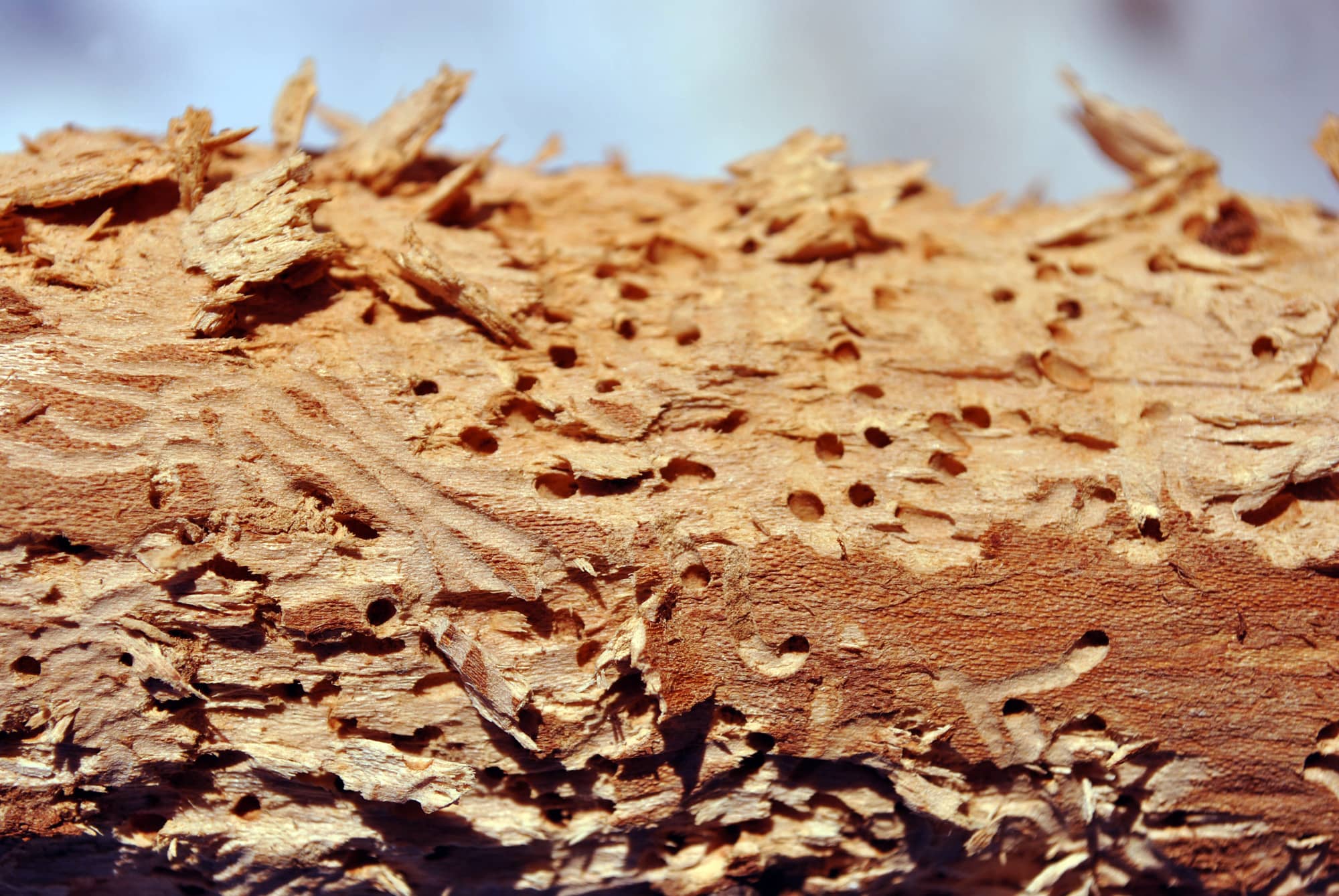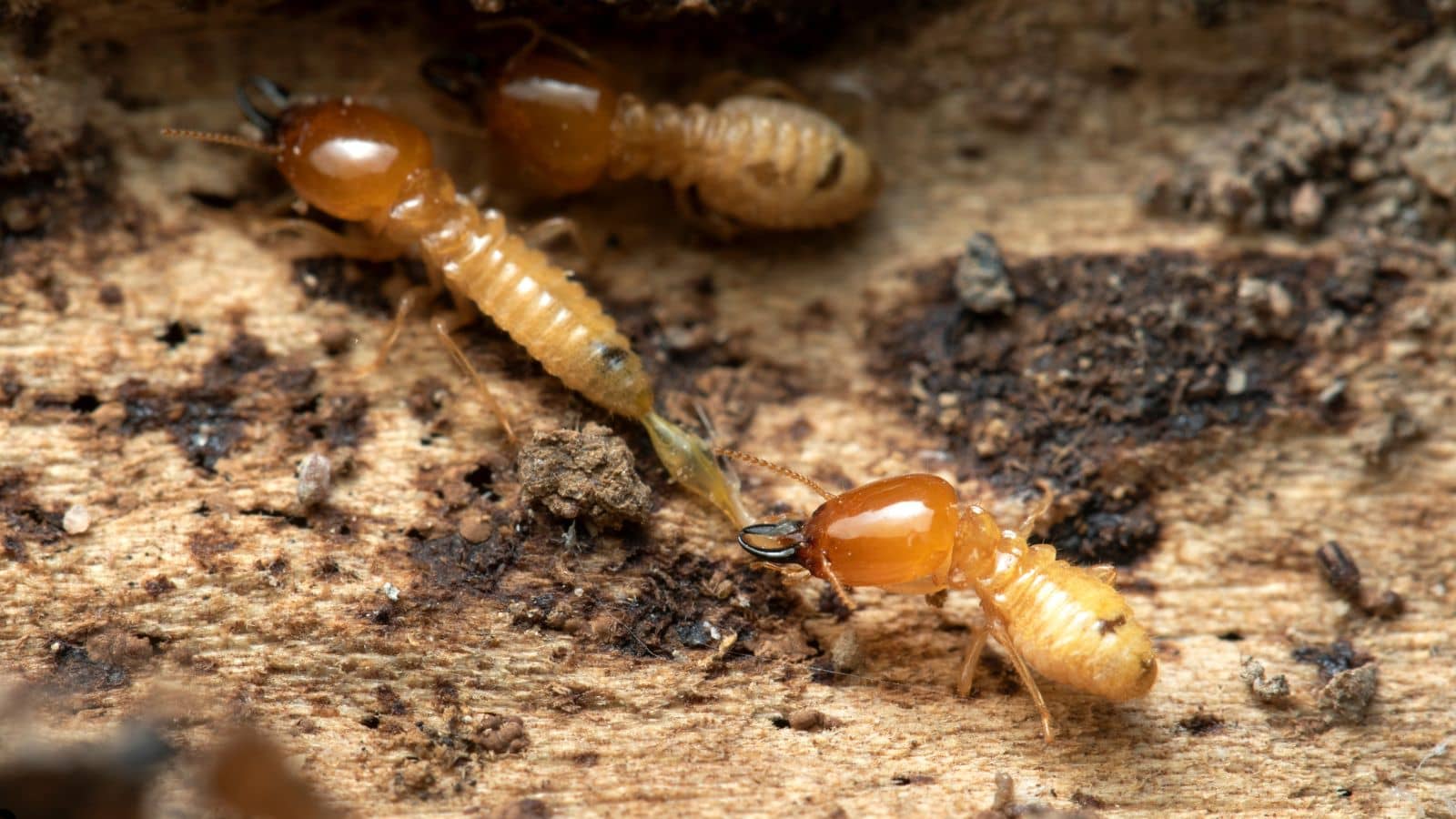If you own a home, chances are “termites” is one of the last words you want to hear. Termites can demolish your home from the inside out, chewing away at the wood holding up your house and leaving you holding the bill for thousands of dollars of repairs. And if you do find out you have termites, is it even possible to repair the damage?
There are several ways you can go about fixing termite damage. Read on to learn more about how to fix termite damage and whether this is a feasible option for you.
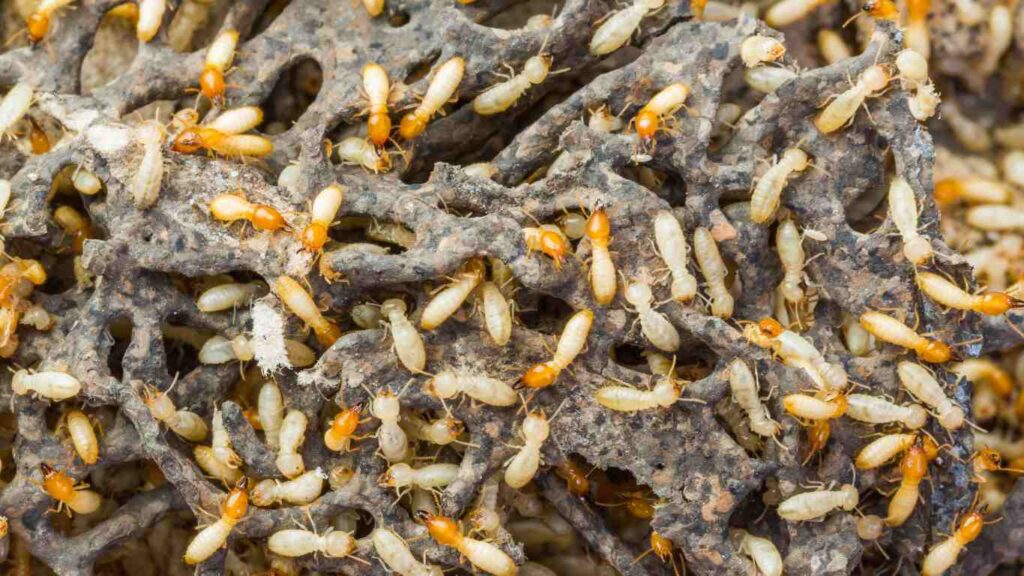
Types of Termites
Before we dive into how you can repair termite damage, let’s talk some about the different types of termites. There are three species of termites that are native to the Sacramento area: drywood termites, dampwood termites, and subterranean termites.
Drywood termites are about half an inch long and live in dried wood, rather than under the ground. These termites don’t make the mud tunnels subterranean termites do, and they can get carried into your home in furniture and even wooden picture frames.
Dampwood termites tend to prefer damper environments and thrive in water-damaged wood. They can grow up to three-quarters of an inch and are usually dark brown or amber in color.
Subterranean termites live underground and travel through mud tubes they construct on the surface. These are particularly rampant in northern California and can destroy a home in just a few months. Subterranean termite workers are about an eighth of an inch long, white, and soft-bodied.
Risk Factors for Termites
There are a few factors that may put you at a higher risk of termites invading your home. If your home has these factors, it’s even more important for you to get your house inspected for termites regularly. You may also want to address these issues to prevent infestations before they begin (more on that later).
Any wood touching your house, such as fence posts, tree branches, or firewood piles, can be an open invitation for termite colonies. Foundation cracks or gaps in walls and windows can give them an opening into your home. And moist or water-damaged wood can give termites the water they need to thrive.
Signs of Termite Damage
One of the biggest problems with termite damage is that by the time you spot the bugs, chances are it’s too late. If you see actual termites around your house, there’s almost certainly a massive colony that has been eating away at your home for some time. Luckily, there are some early warning signs you can keep an eye out for.
On warm spring and summer days, keep an eye out for swarms of bugs that look like flying ants – these are alates, a variety of termites. Also, watch for wood that’s buckling, bulging, or blistered, as this damage can be caused by termites. And if you notice that your home smells like mold or mildew, it would be a sign of a termite infestation.
Consequences of Termite Damage
We all know termite damage is a bad thing, but many of us may not know exactly what can happen to our homes if termites are left untreated. On the lower end of the scale, termites can destroy furniture, picture frames, and other furnishings in your house. They can eat away at cabinets, chew up fences, and demolish wood countertops.
Of course, the biggest concern with termites is when they start getting into the structural wood of your home. They can chew through studs, joists, and rafters and completely destroy your home. Houses that have suffered enough damage can collapse in on themselves entirely or may suffer too much damage to be reasonably repaired.
Termites vs. Carpenter Ants
Unfortunately, termites aren’t the only insect that can pose a threat to your home’s wooden structures. Carpenter ants also chew through the wood of your home and can cause similar damage to termites. But knowing which one you’re dealing with can have a big impact on how you manage them.
If you notice damage to wood furniture or structures in your home, take a look around the area for sawdust. While termites consume wood, carpenter ants just chew it up, leaving behind sawdust piles. If you see these piles, chances are you have a much less dangerous infestation of carpenter ants. Read more about the difference between Termites and Carpenter Ants.
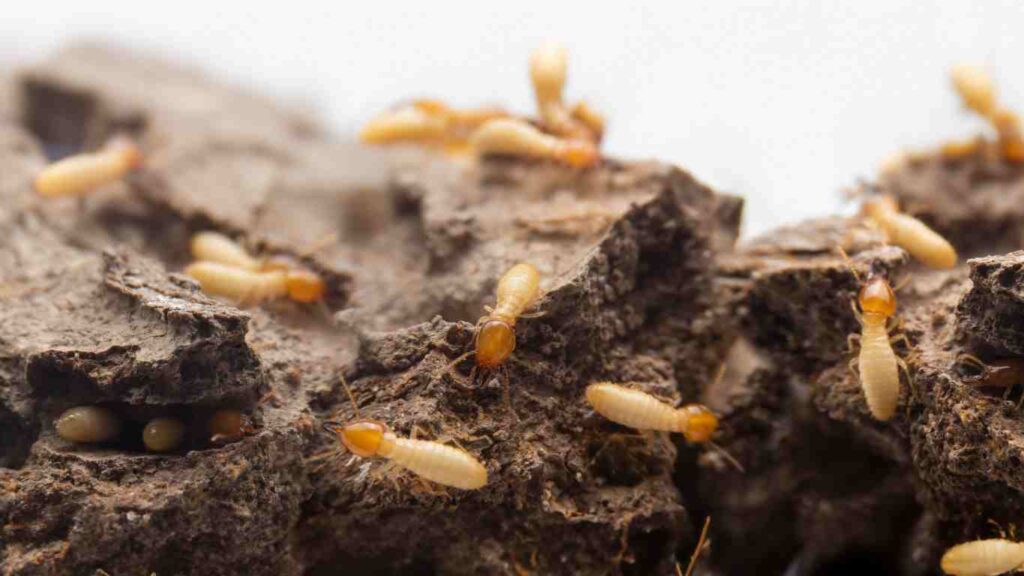
Get Rid of the Termites
If you want to fix termite damage, the first and most important thing you need to do is to get rid of the termites. There’s no point in putting in more wood for the termites to chew through. Until you address the infestation, doing repairs to your home will just waste time and money and won’t make your home any safer.
If you suspect you have a termite infestation, call a professional termite company to come inspect your house. Assuming they do find termites, arrange treatment as soon as possible. Don’t begin any home repairs beyond absolutely necessary structural work until your exterminators have confirmed your termite infestation is completely dealt with.
Determine the Extent of the Damage
Once the termites are gone, your next step will be figuring out exactly how much damage you’re dealing with. Unfortunately, if you’ve had termites for a long time and the infestation was severe, there’s a very real possibility that there’s too much damage to your house to salvage it. Making repairs could mean rebuilding your house from the ground up, and you may be better served by talking to your insurance company about whether your policy covers termite damage.
It may be a good idea to hire a home inspector to help you figure out how much damage the termites did to your home. Your exterminator may also be able to give you a sense of how large the colony was and how much of your home was impacted. Once you know the extent of the damage, you can start planning repairs.
Wood Hardener
If you caught your termite infestation relatively early, you might be able to do a little bit of spot repair on the damaged areas of your wood. It’s important to note that this should only be used in areas that have light termite damage and never in structural pieces. You cannot use wood hardener to rebuild a piece of lumber that has been seriously damaged.
Wood hardener does exactly what it says on the tin – it shores up the remaining wood in your damaged piece and keeps it from rotting away further over time. Wood hardener can also cut off the air supply to any termites that might have escaped extermination efforts. Remove any soft, crumbly areas of the damaged wood, soak the remainder of the area with the wood hardener, and apply several coats until you get a shiny appearance on the surface.
Wood Filler
After you shore up your damaged wood with wood hardener, you may want to fill in the gaps with wood filler. This is a putty-like substance that replaces the wood that the termites ate. You can paint or stain the dried wood filler to match the surface of the wood around it.
Once again, you should never use wood filler to repair structural pieces of your home, such as studs, joists, or rafters. This can be a good option for fixing damaged windowsills, furniture, or other non-structural elements. Mix the wood filler, fill in the holes and gaps, allow it to dry, and sand it down before staining or painting it.
Additional Supports
If the termites have damaged structural wood in your home, you have a couple of options. Depending on the structure of your home and where the damage occurred, you may be able to put up additional supports to make up for the lost wood. This can help to eliminate some of the risks involved with reframing.
If the termites damaged your floor or ceiling joists, you might be able to sister them by bolting a new piece of wood to one or both sides of them. You might be able to add extra studs to walls that have suffered damage from termites. It’s best to talk to a contractor or structural engineer about the best way to conduct these repairs and keep your home safe.
Replacing Damaged Wood
Unfortunately, in many cases, the only way to repair termite damage is to replace the wood they’ve damaged. In the case of windowsills, siding, and fences, these repairs may not be too complicated or expensive to deal with. However, replacing structural wood can get extremely expensive and may essentially mean rebuilding your house.
If you’ve had extensive damage to your home, you’ll need to call in a structural engineer to look at what’s left and determine how much has to be replaced. From there, you’ll need to talk to a contractor and figure out how much repairs will cost and how to proceed. You should never try to conduct these repairs on your own.
Preventing Termite Damage
Of course, hands-down, the best way to deal with termite damage is to prevent it from happening in the first place! One of the best investments you can make in your home is getting it treated for termites on a regular basis. This can save you thousands in damage repair and may even keep your home from being destroyed.
It’s also a good idea to keep an eye out for any signs of leaks or water damage around your home. Watch for discolorations on your ceilings, soft spots on your floor, leaks under sinks, and mold and mildew smell. Keep tree limbs and bushes trimmed away from your house, and never pile firewood directly next to your house.
Termite-Resistant Materials
When you’re making repairs to your home, termite-related or otherwise, you may want to opt for termite-resistant materials. This can help eliminate pathways into your home and keep termite populations from spreading again. The less food there is for termites, the safer your home will be.
Pressure-treated lumber is a good choice for any new studs, joists, fences, or other exterior or structural wood you add to your home. If you’re adding decorative elements, such as shutters or furniture, opt for woods that are naturally termite-resistant, such as cedar and cypress. And, of course, termites won’t be able to damage concrete, brick, stone, vinyl, aluminum, or other such non-wood materials.
When to Call the Pros
Termite infestations can be very expensive, and you might be tempted to try to handle the problem on your own to save some money. In general, you do not want to try to deal with a termite infestation by yourself. It’s important to call in the pros, especially when you’re in the extermination phase of the process.
Professional exterminators have all the training and tools they need to find and eradicate termite colonies. Even if you only miss a few pockets of termites, the entire colony can rebuild, and you’ll be right back at square one. Paying that money upfront can save you time, money, and damage down the road.
Learn How to Fix Termite Damage
Although termite damage can seem terrifying, if you catch it early enough, you may be able to repair it. The first and most important step in any repair is to get rid of the termite infestation. From there, you may be able to use wood hardener, wood filler, or additional support to repair the damage, or you may have to replace the piece altogether.
If you’d like to learn more about how to fix termite damage, check out the rest of our site at Official Pest Prevention. We go above and beyond to keep your home free from damaging and disease-carrying pests. Contact us today and start getting the peace of mind you need in your home.
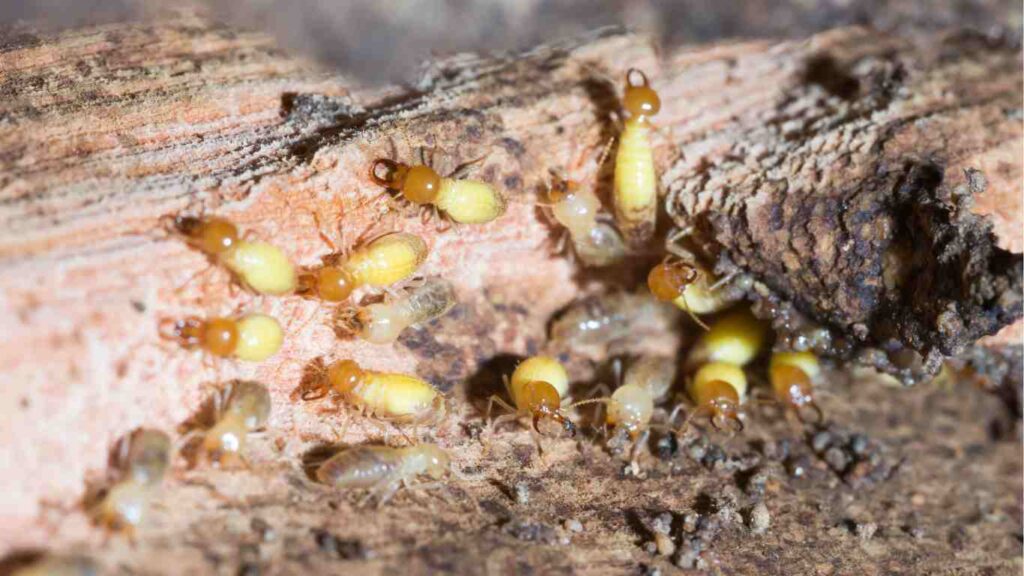
What Termites Do We See In Northern California?
There are three main types of termites with over 50 species found in the US. The following are the common species that are located in Northern California and Sacramento in particular:
Drywood Termites
The Western Drywood Termite and the Desert Drywood Termite
Dampwood Termites
The Desert Dampwood Termite and the Pacific Dampwood Termite
Subterranean Termites
The Western Subterranean Termite
Termite Queens: Ruler or Slave?
When you hear of a queen you automatically think of ruler and royalty. Who wouldn’t want to be a queen? But in the termite colony there is a fine line between ruler and slave. On the one hand (err limb) her workers (offspring) tend to her every need, carry the eggs away and stack them neatly in adjoining chambers, feed her, and clean her. She also has the power to produce pheromones that can block the reproductive ability of secondary queens in the colony, completely controlling the growth and size. The flip side of her role is that she is basically just an egg-reproducing machine. After retreating underground during the termite swarm stage, she is confined to her capsule with her king (who is dwarfed by his partners ever-increasing size) with the primary goal of producing as many eggs as possible. Termite Queens can live between 25-50 years depending on the species. When she is coming to her end the workers will literally lick her to death, drawing the fats and useful nutrients from her body. Does this sound like a life you would want?
Are Termites Edible?
Yes, termites are a delicacy around the world. Nope, that isn’t a typo; they are eaten both raw and cooked in certain continents. Termites are rich in vitamin A, vitamin C, fat, protein, and other macronutrients and micronutrients that are beneficial to humans. Although we can’t say personally how good they are, you will have to go out and try that for yourselves. Be sure to let us know in the comments below!
What Does A Termite Colony Comprise Of?
Termites have a strong and rigid social structure. The colony is broken up into 3 categories which are excluding the King & Queen:
Termite Workers
The most common type, they are in charge of acquiring food, maintaining the structure/home, and caring for the queen and termite larvae. They are the ones that do the most damage to your home as they create the mud tubes and consume the wood.
Termite Soldiers
Termites are forever at war, mainly with ants. These are usually chosen as the bigger of the termite kind to protect the species, and are usually located on the perimeter of the colony. When under attack they will pound the ground to cause vibrations, which act as a warning to the colony that they are under attack. Unlike in many human armies, termites will send their oldest warriors to the frontline. This ensures that the younger ones have a longer lifecycle, maximizing the potential reproduction and survival of the colony.
Alates (Termite Swarmers)
The winged termite, alates are only produced when the termite colony has reached an enormous size and it is time for them to expand and create new colonies. They are both male and female and will take flight briefly before coupling off and finding a new settlement to start their own. These couples become the new king and queen. This period is known as swarming. A termite swarm is a sure sign that there is a mature colony nearby, and if left to its own devices, can cause a major issue for your home. If you have noticed winged termites flying around your home you can’t waste any time. Call Official Pest Prevention now!
Do Termites Communicate With Each Other?
Termites are blind. Well not all of them. For workers and soldiers, the majority of them are born without eyes, because they spend their lives in the dark underground, there is no need for them. Alates (the termite swarmers) have eyes that allow them to distinguish between moonlight and sunlight. However they spend only a brief moment of their lives above ground. Instead termites use other sensors to communicate with each other and navigate through the nest. These include secreting pheromones which are different for all colonies. Like the example of the warning calls made by the termite soldiers, vibrations by banging their bodies off of the inner tubes in a termite mound also acts as a communication device.
Are There Any Positives To A Termite Existence?
Termites actually do have a positive impact in the wild. Not so much in our homes, but out in the forests they are one of the main contributors when it comes to decomposing dead wood, recycling decaying minerals, and improving (aerating) the soil. Because of this the likelihood of natural phenomenon like forest fires have decreased. Go termites!
Termites Eat Feces!
Yes, termites eat each other’s feces. This is required for them to do so because they cannot digest the cellulose from the wood without help from intestinal microorganisms. Eating feces provides them with intestinal microorganisms, as they cannot produce them themselves.
What Does A Termite Mound Look Like?
A termite mound can get as big as 30 feet if left undisturbed. Below is an image that was found in Australia of a cluster of termite mounds. It is hard to believe that this structure was created by the coupling of just two termite swarmers, who left undisturbed, created a colony of millions.

If you have noticed a termite swarm around your home or neighborhood we highly recommend you call a professional immediately. Termite colonies can grow exponentially so it is vital that you act fast.
Schedule a Termite Inspection Today
Official Pest Prevention is a family-owned, licensed pest control company celebrating 20 years serving over 100,000 satisfied customers in five area codes throughout Northern and Central California. Starting with a few contacts, and only four full-time employees, our small company has grown into an organization that today employs over 100 people, maintains a fleet of 75 vehicles, and has serviced over 100,000 Northern California households. This tremendous growth has come from loyal customers, who have recommended our work to their friends, family, and neighbors.
We are a full-service pest control company. Whatever your pest problem, we have a solution. Our goal is to make your property pest-free. Guaranteed. Contact us online or by phone (877) 711 2847 – for immediate assistance. Same-day bookings and flexible payment plans available – because pest invasions wait for no one.

